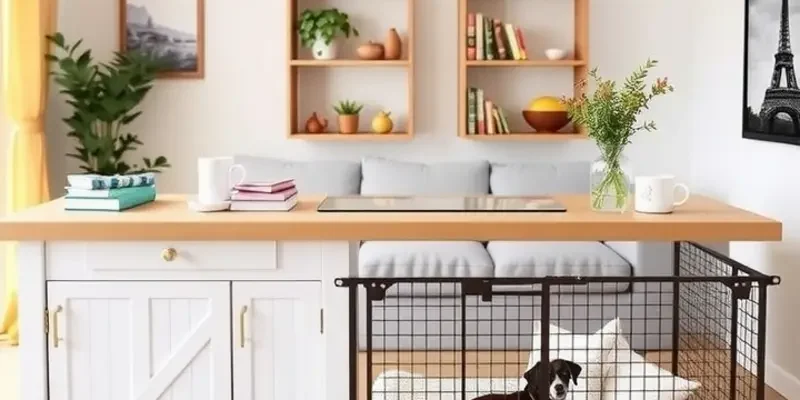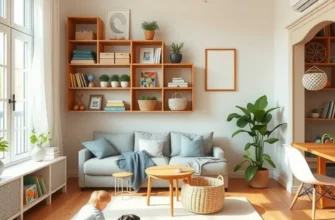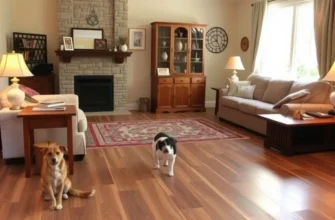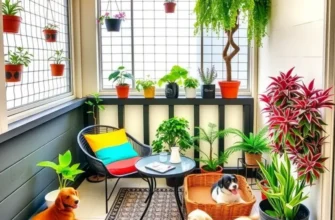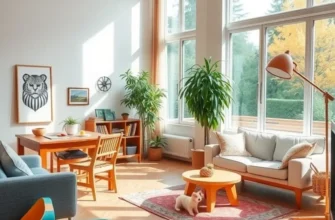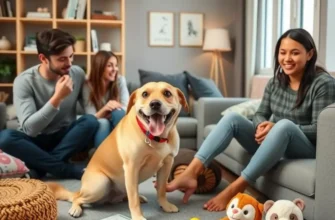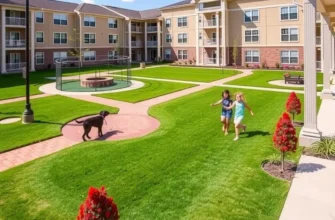Finding the perfect apartment often comes with its own set of challenges, especially for families, pet owners, couples, and renters. With pets becoming a cherished part of the family, safely integrating these furry companions into your living space is vital. The right pet containment solutions not only ensure the safety of your pets but also create a harmonious environment for children and adults alike. Whether you’re navigating small apartment layouts or looking for ways to manage pet behavior, there are a variety of options to keep your home safe, comfortable, and welcoming. From clever barriers to safe zones, this guide offers practical advice and helpful tips tailored for families and pet owners, helping you create an apartment that embraces both pet and child-friendly features.
Designing Safe Spaces: Smart Containment Strategies
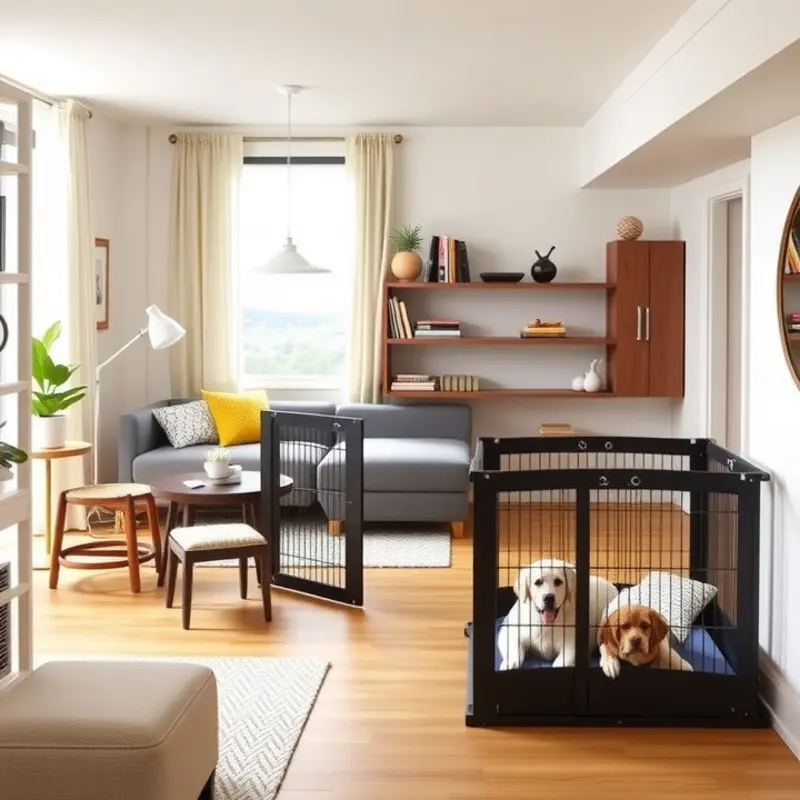
Creating a harmonious environment in an apartment with pets and children involves thoughtful planning, especially when it comes to containment. Safety is paramount, and with smart strategies, you can maintain an area where pets can thrive without compromising the elegance of your home.
Dog Gates as Versatile Solutions
The use of dog gates is a flexible way to section off areas. Choose ones with adjustable widths, making them suitable for various doorways. Look for gates with easy-to-operate locking systems to ensure both security and accessibility. Removable gates are particularly useful, offering temporary barriers that can be shifted or removed without tools. Use pressure-mounted models to prevent wall damage, ideal for renters concerned with maintaining their walls in pristine condition.
Pet Playpens for Safe Playtime
Pet playpens offer another level of security. They create a dedicated zone for your pet to play freely while ensuring they stay away from potential hazards. Consider playpens with non-slip bases for added stability on hard floors. The height of the playpen should be proportional to the agility of your pet to prevent any escape attempts. Some models come with removable tops, providing options for an open or enclosed environment, adaptable to both pets and playful children.
Designated Areas for Safety and Comfort
Designated pet areas within your home should cater to the needs and comfort of your pet. Integrate stylish pet beds to keep your home cohesive in design. Utilizing rugs not only enhances aesthetics but also provides warmth and traction. In environments shared with children, create overlaps with multifunctional furniture. For instance, bench-style storage can double as a pet nook and a seating area.
Utilizing Training Tools
Training tools, such as alarms or buzzers, can reinforce boundaries without physical barriers. These tools gently remind pets of their limits. Simple strategies like positive reinforcement also go a long way in establishing boundaries. Pair this with training treats to ensure your pet associates the designated area with positivity.
Space-Saving Solutions without Sacrificing Style
Functionality doesn’t need to be at odds with aesthetics. Opt for containment solutions that blend with your apartment’s decor. Sleek, metallic finishes and neutral hues can seamlessly integrate into your existing design. Custom-built solutions, while more expensive, offer the advantage of maximizing your apartment’s layout. Consider vertical storage options for pet supplies to keep essential items accessible yet discreetly tucked away.
By carefully selecting these elements, you can craft a home that’s both pet-friendly and stylish. For more ideas on organizing small spaces efficiently, explore your options with practical apartment organization baskets. Implementing these smart containment strategies will ease the integration of pets into apartment living, ensuring a safe and welcoming environment for all family members.
Creating a Pet-Friendly Environment: Tips for Harmony
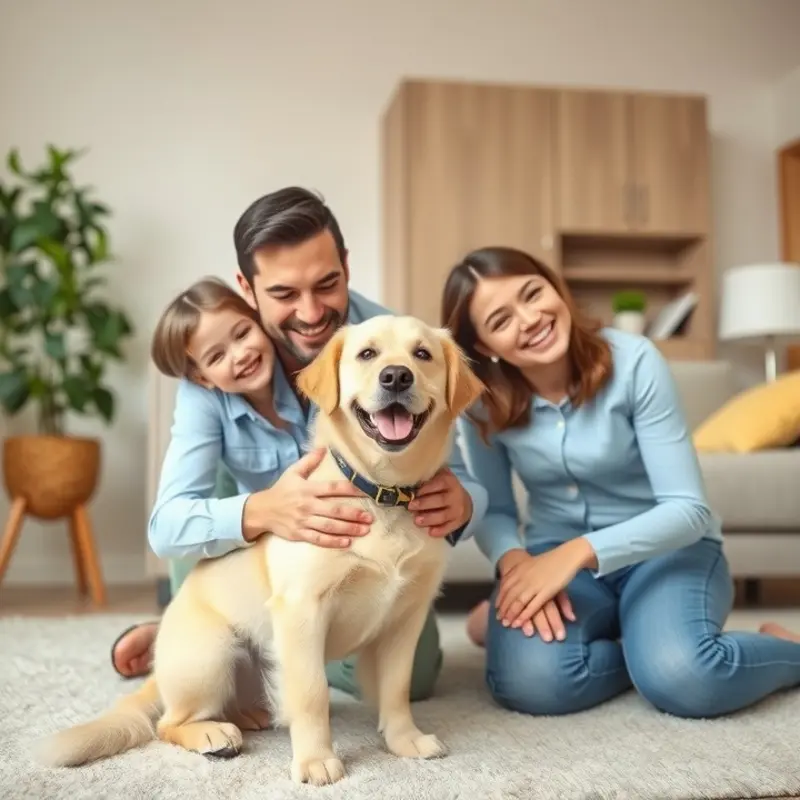
Maintaining a balanced home where pets and children coexist harmoniously is achievable with the right approach. By focusing on training, routines, and environment design, families can foster a safe and comfortable dwelling for all.
Practical Training for Pets
Start by teaching pets basic commands like ‘sit,’ ‘stay,’ and ‘come.’ These help manage pet behavior around children. Training sessions should be consistent and positive to encourage good habits. Involve children in training to build mutual respect and understanding between them and your pets. Engaging them can also create a bond, reducing anxiety and misunderstandings.
Establishing Routines
Consistent routines benefit both pets and children, promoting a sense of security. Schedule specific feeding, exercise, and quiet times for pets. Avoid sudden changes in these routines to prevent stress-related behaviors like barking or chewing. Explain to children the importance of not disturbing pets during resting or eating times, fostering an atmosphere of mutual respect.
Designing Child and Pet-Friendly Spaces
For successful interaction, create dedicated spaces that cater to both child and pet safety. Use gates to set boundaries, keeping pets out of nursery areas or playrooms when unsupervised. For families living in apartments, ensure that balconies and windows are secure to prevent accidents. Consider installing apartment balcony safety netting to add an extra layer of protection.
In play areas, designate separate zones where pets can retreat when they need space. Soft, washable rugs can provide comfort and safety for pets and cushion play areas for children. Using materials that are easy to clean will also ease maintenance and hygiene concerns.
Promoting Safe Interactions
Educate children on safe interaction techniques. Teach them to approach pets slowly, and not to pull on a pet’s tail or ears. Always supervise young children while they’re interacting with pets to ensure safety. Create activities that allow them to engage together, like fetch or hide-and-seek with treats, which can be enjoyable for both.
Remember that cohabitation is an evolving process. As children grow and pets age, dynamics may change. Regular check-ins and willingness to adapt will help maintain harmony. By being proactive and understanding in your approach, pets and children can both thrive in a loving, safe environment.
Final words
Creating a safe and comfortable apartment for both pets and children is entirely achievable with the right strategies and solutions. By implementing smart containment techniques and enhancing your living space with pet-friendly features, you foster a nurturing environment that caters to the needs of all family members. Remember, patience and consistent training coupled with a thoughtful approach to your apartment design can lead to a harmonious, happy home for both your pets and children. With these solutions, you’re equipped to turn any apartment into a sanctuary for family and furry friends alike.

